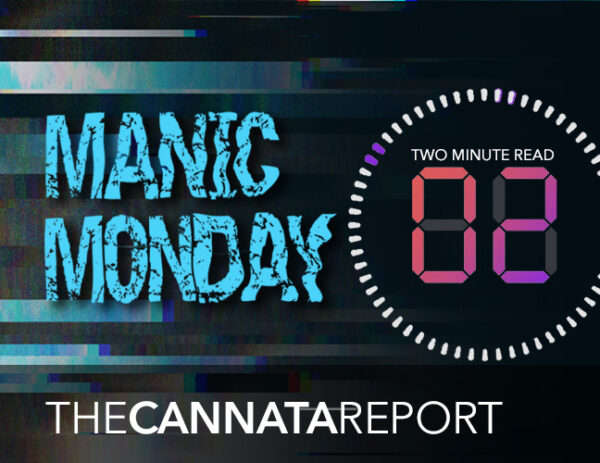Ricoh USA, Inc. unveiled its patented RICOH Intelligent Delivery Services as the first offering within the RICOH Intelligent Business Platform, a workflow and process automation ecosystem that enables business insights through one consumer-like experience platform. With Intelligent Delivery Services, organizations can automate the delivery of all inbound mail – both digital and physical – helping users access and collaborate on communications entering the system from any location, particularly relevant with McKinsey predicting that three to four times as many people will work from home in the future compared to pre-pandemic levels.
Ricoh’s Intelligent Business Platform is a secured, scalable, cloud-hosted ecosystem that includes a library of subscription-based services and intelligent, automated technologies to capture, analyze, integrate and accelerate business processes. Using self-learning Artificial Intelligence (AI) tools and flexible low-code applications, the Intelligent Business Platform allows companies to transition from inefficient analog workflows to highly flexible digital workflows.
“Now, more than ever, organizations need to better manage the amount of communications coming through their doors, wherever those physical or digital ‘doors’ may be,” said Bob Lamendola, senior vice president, Technology and Head of Digital Services Center, Ricoh USA, Inc. “Leveraging our 30 years of managed service experience we developed Intelligent Delivery Services to be the only solution that goes beyond digital mail, enabling digital-based decisioning, automated workflows, team collaboration, and an audit trail using analytics to improve communication. This enhances users’ access to information and individual productivity, while the AI-powered technology grows smarter and adapts to user patterns and preferences over time.”
Intelligent Delivery Services also allows organizations to meet governance, risk, and security standards to protect sensitive information. Its data and functionality, which can be accessed anywhere including from mobile devices, streamlines inbound communications to drive decisions that are more informed. By analyzing the various types of documents that are sent to an organization, the system learns to classify different kinds of documents, such as customer inquiries or updates to services contracts, and routes them automatically to the correct contacts. It can also pull other valuable information from a communication based on how it is classified – such as a customer complaint – allowing teams to quickly see common issues and aggregate other important information.
Access Related Content



